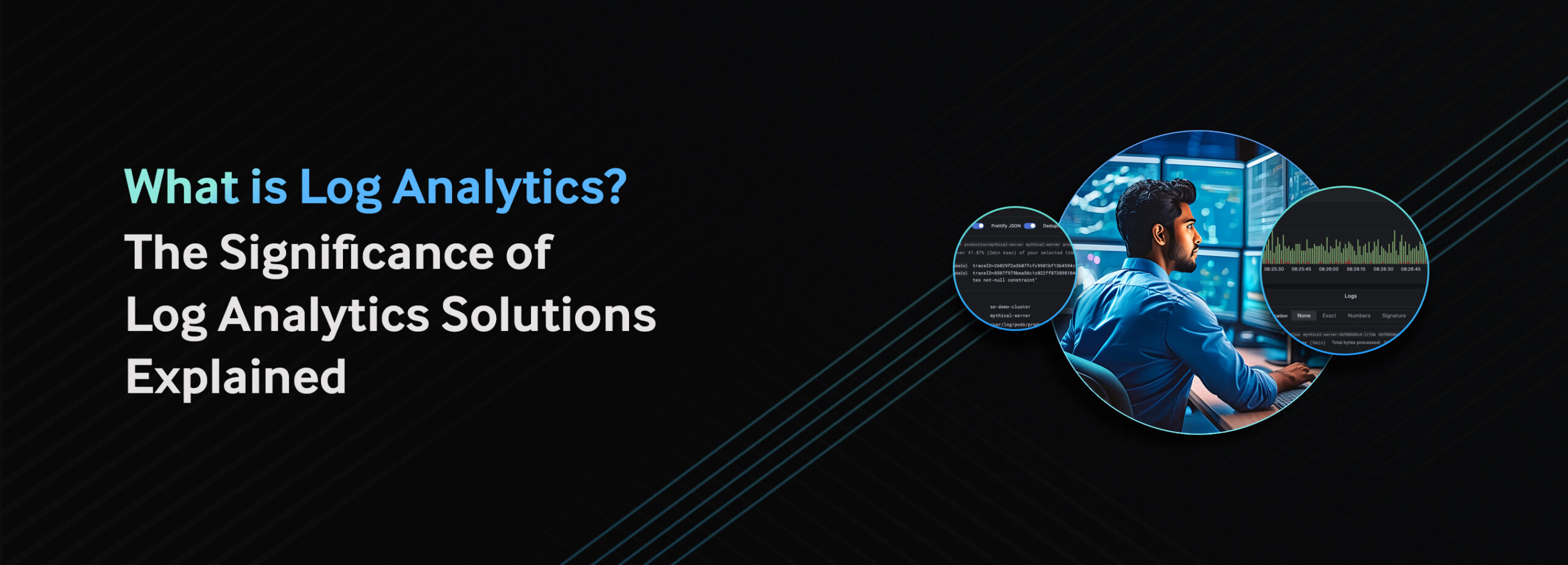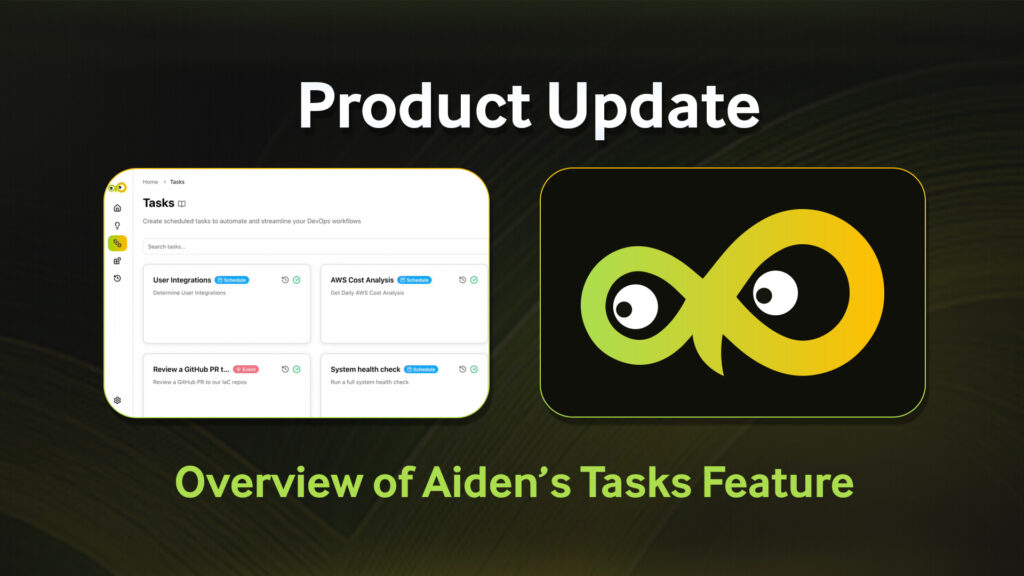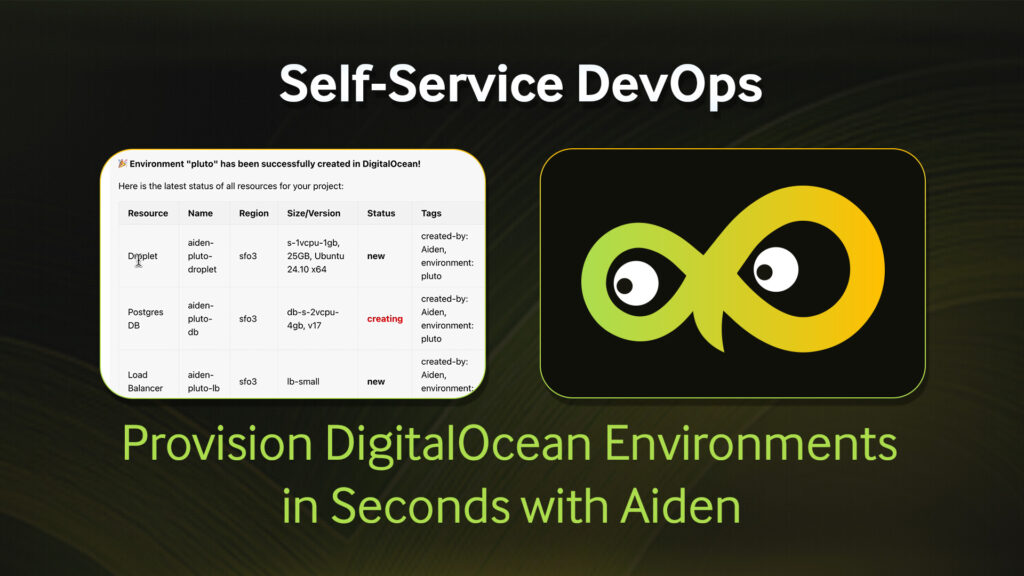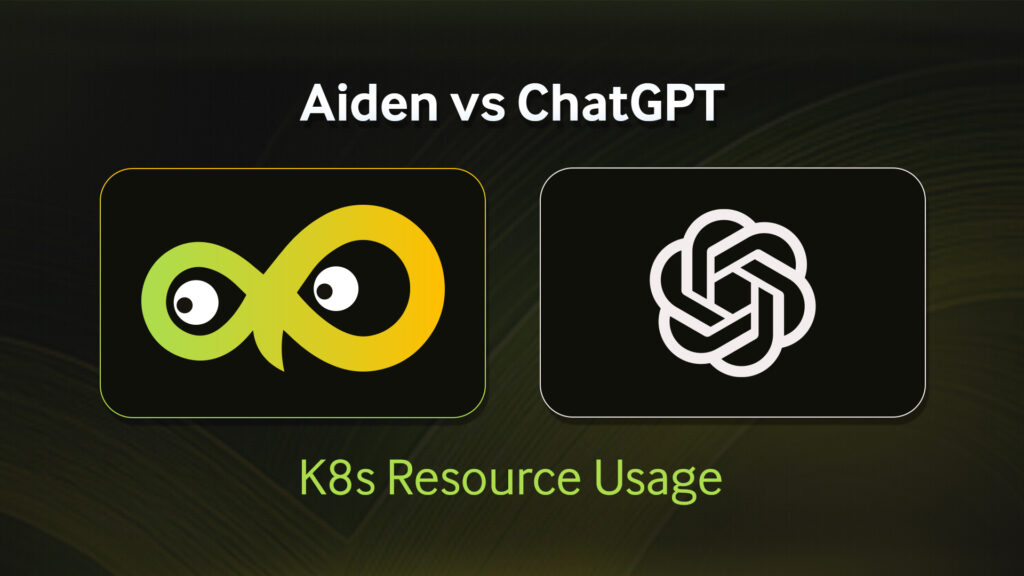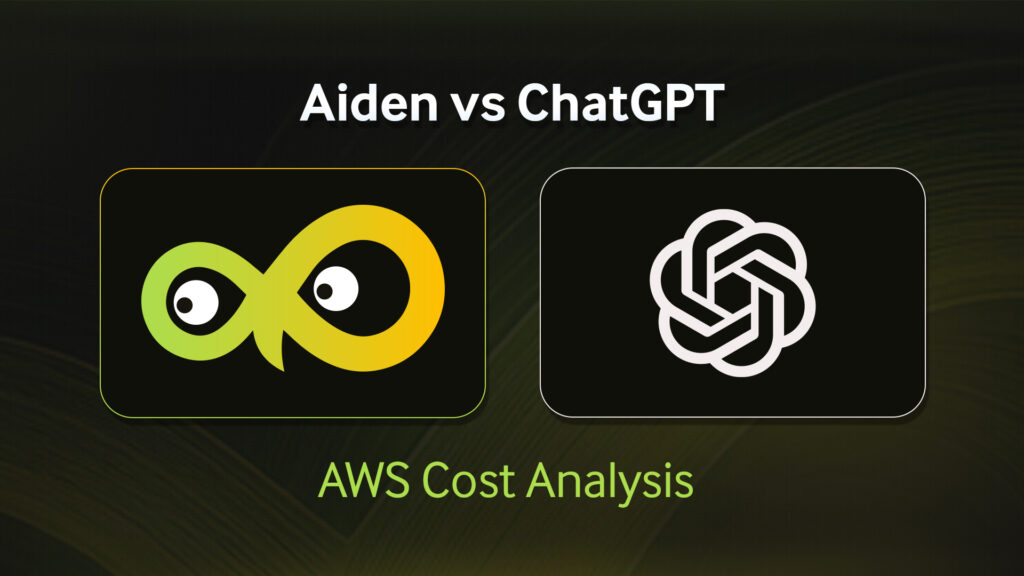Every action, transaction, and interaction in an application generates some sort of data. ThisAnd this data holds a wealth of information that, when collected and analyzed over a period of time, provides a comprehensive view of application behavior and performance. Logging is the most widely used technique for collecting data on application states, transactions, errors, and code flow tracking. Because the barrier to entry to logging is low in most organizations, it’s the most common way in which developers understand how their applications run. However, since logs represent raw, unformatted data, it becomes more difficult to generate any valuable, broad insights based on these logs.
Log analytics refers to the collection, aggregation, and analysis of log data over time to uncover trends, patterns, and insights that inform decision-making and optimization efforts.
Is Log Analytics the Same as Log Monitoring?
Not quite. Log analytics and log monitoring are closely related practices that serve distinct but complementary purposes in the realm of observability. Unlike log monitoring, which focuses on real-time monitoring of log data, log analytics looks at historical data to identify recurring issues, performance trends, and areas for improvement.
Also, the primary goal of log monitoring is to quickly identify and respond to critical events or incidents, often through automated alerting mechanisms. On the other hand, log analytics considers a broader range of log sources and data points, providing strategic insights that help engineers optimize processes, enhance performance, and mitigate risks in the long run.
The Importance of Log Analytics
The importance of log analytics cannot be overstated, specifically in the context of observability. Here’s how it can markedly impact an organization’s observability initiatives:
- Troubleshooting and root cause analysis: Logs serve as detailed records of system events, including errors, warnings, and informational messages. Analyzing logs enables rapid troubleshooting by identifying issues and their underlying causes.
- Application Performance Monitoring (APM): Logs are instrumental in monitoring the performance of applications and services. By analyzing application logs, engineers can gain key insights into user interactions, transaction flows, and service dependencies. APM solutions utilize log analytics to identify performance issues, debug application errors, and optimize code efficiency, ultimately enhancing the user experience.
- Security and compliance: Logs are crucial for detecting and investigating security incidents. By analyzing logs, security teams can identify suspicious activities, unauthorized access attempts, and potential security breaches. Log analytics facilitates the correlation of events across different systems, aiding in threat detection and incident response.
- Business intelligence and decision-making: Logs contain valuable business insights that can guide strategic decision-making. By analyzing user behavior, transaction logs, and application usage patterns, organizations can gain a deeper understanding of their customers’ preferences, market trends, and operational efficiencies. Log analytics enables data-driven decision-making, facilitating competitive advantage and business growth.
Where Is Log Analytics Headed? Trends and Predictions
Log analytics is likely to evolve in several key directions going forward. The most prominent of these are:
Advanced Machine Learning and AI Integration
Log analytics platforms will increasingly incorporate machine learning and AI algorithms to automate the log analysis process. This integration will unlock faster and more accurate issue identification protocols in addition to generating more insights from large volumes of log data.
Moreover, machine learning techniques such as predictive modeling can be applied to log data to forecast future events or performance trends. By analyzing historical log data alongside other relevant contextual information, log analytics platforms can help engineers anticipate potential issues before they occur, allowing for proactive remediation and resource allocation.
Real-Time Analysis
A greater emphasis on real-time log analysis to enable proactive monitoring and response to events is also on the horizon. This will involve the development of faster processing engines and more efficient data streaming techniques.
Traditional batch processing approaches to log analysis often experience delays between data collection and analysis, which can result in longer detection and resolution times for issues. Real-time log analysis, on the other hand, can eliminate these delays by processing log data as it is generated, letting engineers identify and address problems more quickly while minimizing service disruptions.
Enhanced Visualization and User Experience Features
Many log analytics platforms do provide dashboards and visualization features; however, a need for improved visualization capabilities and user interfaces is required. Having both will make log analytics more accessible to a broader range of users, including non-technical stakeholders.
Advanced visualization tools that enable users to interactively explore and analyze log data is a necessity as it allows them to drill down into specific data points, filter results, and zoom in on areas of interest that are relevant to them.
Unified Logging Platforms
As engineers seek a holistic view of their applications and IT environments, unified logging platforms that collect logs from different applications and then correlate related logs across different services is something organizations vie for. Unified logging platforms offer end-to-end visibility into user journeys and system interactions. For example, in an e-commerce application, logs from a user’s browsing session can be linked to their payment transaction logs, providing a complete view of the user’s path through the app. This comprehensive visibility helps in understanding user behavior, identifying issues, and optimizing the overall user experience.
Integration with Security Information and Event Management (SIEM) Tools
Integrating log analytics with SIEM tools is becoming increasingly important for organizations aiming to enhance their security postures while ensuring compliance with security policies. SIEM tools aggregate and analyze logs from various sources such as firewalls, intrusion detection systems, and antivirus programs. By integrating log analytics with SIEM, engineers can consolidate these logs along with application and system logs into a single platform. This comprehensive view allows for better monitoring of security events across an entire IT environment.
Another benefit of this integration is that SIEM tools leverage advanced analytics, machine learning, and correlation rules to identify potential security threats. Integrating detailed logs from all parts of an organization’s infrastructure into SIEM systems enhances these capabilities further, providing richer context and more data points for detecting anomalies and suspicious activities. And the result? Quicker incident response and recovery times.
Challenges of Log Analytics
Analyzing logs can be a challenging task sometimes, fraught with issues that can interfere with effective decision-making. Log analysis often faces three primary challenges: data silos, insufficient root cause analysis, and inadequate context. Let’s explore each one in more detail below.
Data Silos
Data silos occur when information is fragmented and isolated within different systems or departments, making it difficult to access and integrate relevant data for comprehensive analysis. In log analysis, this can manifest as logs stored in disparate locations, using different formats, or managed by separate teams. For example, server logs might be stored separately from network logs, and application logs might be segregated from infrastructure logs. This fragmentation hampers a team’s ability to correlate events across systems, leading to incomplete insights and longer resolution times during incidents.
Poor Root Cause Analysis
Identifying the root cause of an issue is crucial for effective problem resolution and recurrence prevention. However, in log analysis, pinpointing the root cause can be challenging due to the sheer volume of data, the complexity of systems involved, and the number of interactions. Without proper tools and methodologies in place, engineers and SREs may struggle to distinguish between symptoms and underlying causes, leading to misdiagnosis and ineffective solutions.
Inadequate Context
Context is crucial for understanding the significance of log entries and events within the broader operational environment. However, logs often lack sufficient contextual information, such as user interactions, system configurations, and business processes. Without this context, engineers may misinterpret log data, leading to incorrect conclusions or critical insights being overlooked. For example, an error in an application log might seem insignificant in isolation, but when considered alongside user activities or recent system changes, it could indicate a serious issue affecting the customer experience or data integrity.
Addressing these challenges requires a combination of technological solutions, process improvements, and organizational alignment, including:
- Data integration and centralization: When logs are scattered across various siloed systems, it becomes challenging to identify connections or patterns that may indicate underlying issues. By integrating log data into a centralized repository instead, engineers can correlate events across systems more effectively, gaining deeper insights into the root causes of problems.
- Advanced analytics: As mentioned earlier, machine learning algorithms excel at identifying complex patterns and relationships within large volumes of data. When applied to log data, these algorithms can automatically detect correlations, trends, and outliers that human analysts might overlook. For example, ML algorithms can analyze historical log data to identify normal behavior patterns, enabling them to flag deviations from the norm as potential anomalies worthy of investigation. This proactive approach to anomaly detection can help engineers identify security breaches, performance bottlenecks, or system failures more quickly and accurately.
- Contextual enrichment: Contextual enrichment represents a significant advancement in log analysis, providing organizations with a deeper understanding of their log data by augmenting entries with additional contextual information. This enrichment process involves incorporating metadata, system state data, user behavior data, and other relevant information into log entries, thereby enhancing their relevance and interpretability.
One of the key benefits of contextual enrichment is improved situational awareness. By adding metadata such as timestamps, geolocation information, or device identifiers to log entries, organizations gain a clearer understanding of when and where specific events occurred within their IT environment.
Looking to the Future: Log Analytics With OpsVerse
OpsVerse’s ObserveNow is an open source-based observability stack that leverages OSS tools, such as Grafana Loki, to intelligently collect, aggregate and analyze logs – giving organizations the visibility they need to track their applications’ health and performance. Logs are efficiently ingested, indexed, and stored in a highly scalable and cost-effective manner. Loki’s architecture allows it to handle high volumes of log data while maintaining low resource overhead. ObserveNow also comes preloaded with a log analytics module that allows users to easily convert their logs into more actionable insights.
With rich visualization features, comprehensive dashboards, and multi-channel alerting, ObserveNow efficiently correlates logs with other data sources, such as metrics and traces, to provide a unified view of application behavior. The future-proof platform empowers organizations to leverage log analytics for comprehensive observability of their applications, streamlining troubleshooting processes with ease
To learn more about how ObserveNow can be leveraged for scalable and efficient log analytics, talk to our experts.

